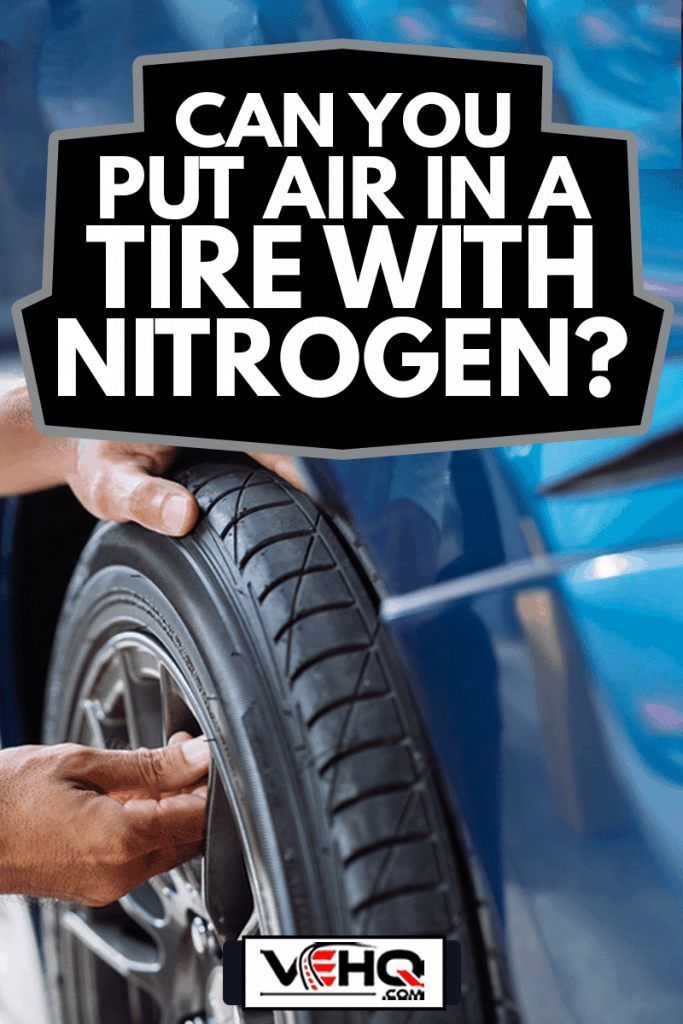Are you considering using nitrogen instead of compressed air in your vehicle's tires? Perhaps you've heard that nitrogen-filled tires stay inflated longer, saving you money by increasing your gas mileage and extending tread life. But you're concerned that you may not always be able to find a source of nitrogen when you need to top off your tires. So, in a pinch, can you add air to a nitrogen-filled tire? We've done the research, and we have the answers for you!
Yes, you can add air to a tire that has nitrogen in it. In fact, air is comprised of 78% nitrogen, 21% oxygen, and 1% other gases—topping off a nitrogen-filled tire with air will simply dilute the pure nitrogen with a small amount of oxygen.
Nitrogen and oxygen do not react adversely with each other; there is no reason you can't mix them. However, diluting the purity of the nitrogen in your tires will reduce its effectiveness in keeping the tires inflated, so you may lose most of the benefits that the nitrogen fill provides.
In this article, we'll describe why it's okay to mix air and nitrogen in your tires and what the drawbacks are of doing so. We will also discuss whether it's better to fill your tires with nitrogen or with compressed air and whether you can put nitrogen in your tires at home. And we'll let you know how to tell if your tires are filled with nitrogen, how long nitrogen-filled tires remain inflated, and how often you should check the pressure on your nitrogen-filled tires. Without further ado, let's get into it!
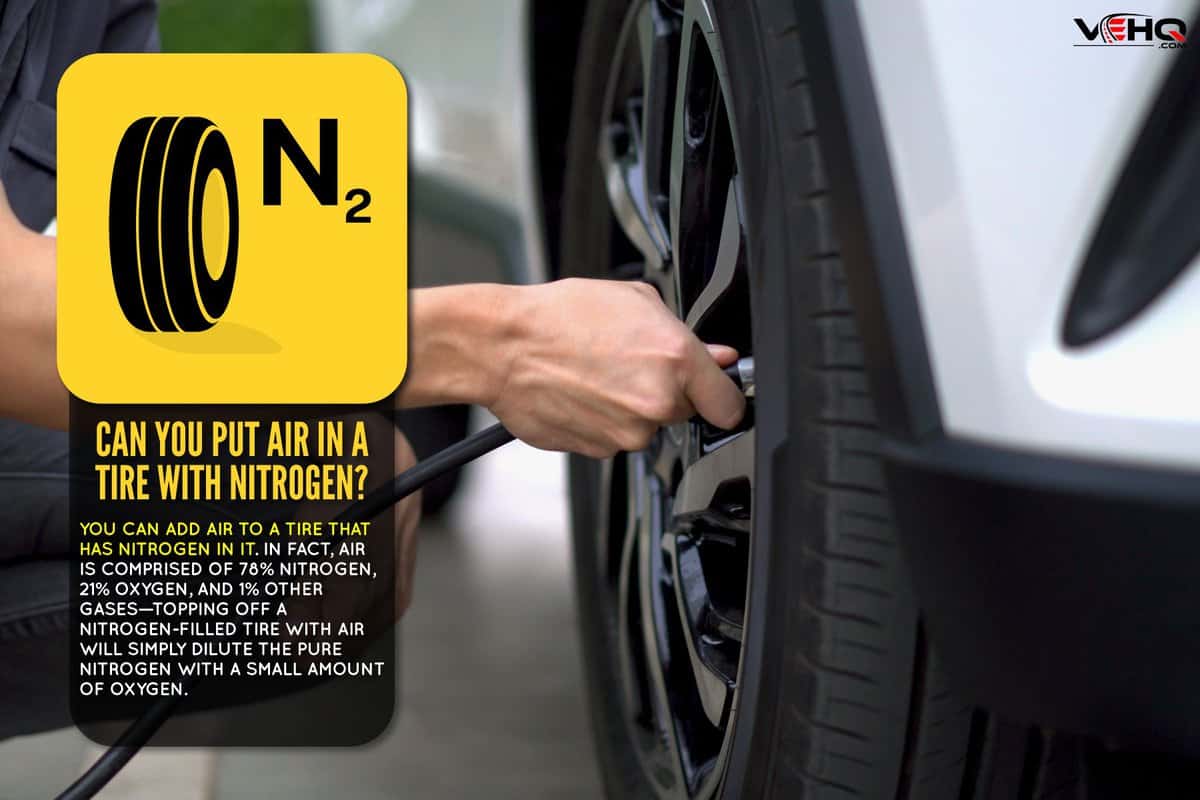
Can You Put Air In A Tire With Nitrogen?
The rubber in your vehicle's tires has microscopic gaps that allow molecules of oxygen to escape. Air-filled tires lose about 1.5 psi (pounds per square inch) of pressure every month. This results in lower gas mileage, uneven tread wear, and sluggish handling.
To combat this issue, some drivers use nitrogen in their tires instead of air. Nitrogen molecules are larger than oxygen molecules, so they don't escape as quickly through those tiny gaps in the rubber.
Thus, nitrogen-filled tires deflate more slowly than those filled with air. In fact, nitrogen is widely used in racecars and aircraft, for which maintaining tire inflation is critical.
A few drivers currently use nitrogen tires for everyday driving, but nitrogen refills can be hard to find. You may find yourself needing to top off your tires, but with no nitrogen available.
In that case, it is okay to add air to your nitrogen-filled tires. Air consists of 78% nitrogen, plus 21% oxygen and 1% other gases. Adding this mixture to the pure nitrogen in your tires will not cause an adverse chemical reaction.
Remember, though, that oxygen seeps out of your tires more quickly than nitrogen, so adding air will increase the rate of deflation. This may negate all the benefits you got by inflating your tires with nitrogen in the first place.
Still, it is better to use air to fully inflate your tires than to drive on soft tires until you can find nitrogen.
Is It Better To Fill Tires With Nitrogen Instead Of Air?
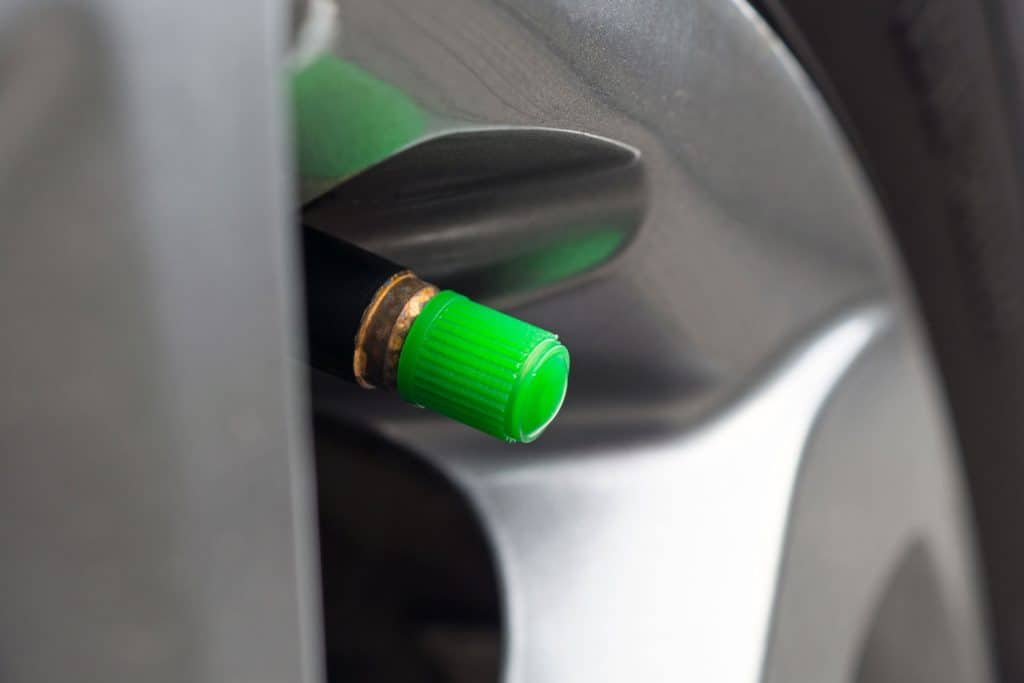
Advocates of nitrogen tires cite two major benefits:
- Because nitrogen seeps out slowly, your tires will maintain their inflation longer. Properly inflated tires mean better gas mileage, more even treadwear (and thus longer tire life), and easier vehicle handling.
- Nitrogen, unlike compressed air, does not introduce any water into the tire. Moisture can lead to corrosion of the tire's steel components: belts, beads, and wheels.
However, skeptics point to research that shows these benefits to be minimal. They also raise two important disadvantages to using nitrogen in tires:
- Nitrogen refills are not readily available. Although you can find it at some car dealerships and tire shops, you cannot simply go to your local gas station for a nitrogen fillup.
- The cost can be high: many nitrogen sources charge $5 or more per tire for a fillup or top-off.
Ultimately, the decision to use nitrogen or air in your vehicle's tires comes down to your own preference.
If you desire optimal performance, have a nearby source of nitrogen, and are willing to regularly check and maintain your tires' pressure, then using nitrogen may be worth the extra expense and hassle. If not, you will be better off to continue using air in your tires.
Click here for a full nitrogen cylinder on Amazon.
Can I Fill My Tires With Nitrogen At Home?
You can fill your tires with nitrogen at home. Although this requires a substantial up-front investment, it can save you money and hassle in the long run.
You will need to purchase the following items:
- Sturdy lift jack
- Valve core removal tool
- Nitrogen tank and nitrogen
- Tire inflator with digital gauge
- Portable nitrogen purity analyzer
Click here for vehicle lift jack on Amazon.
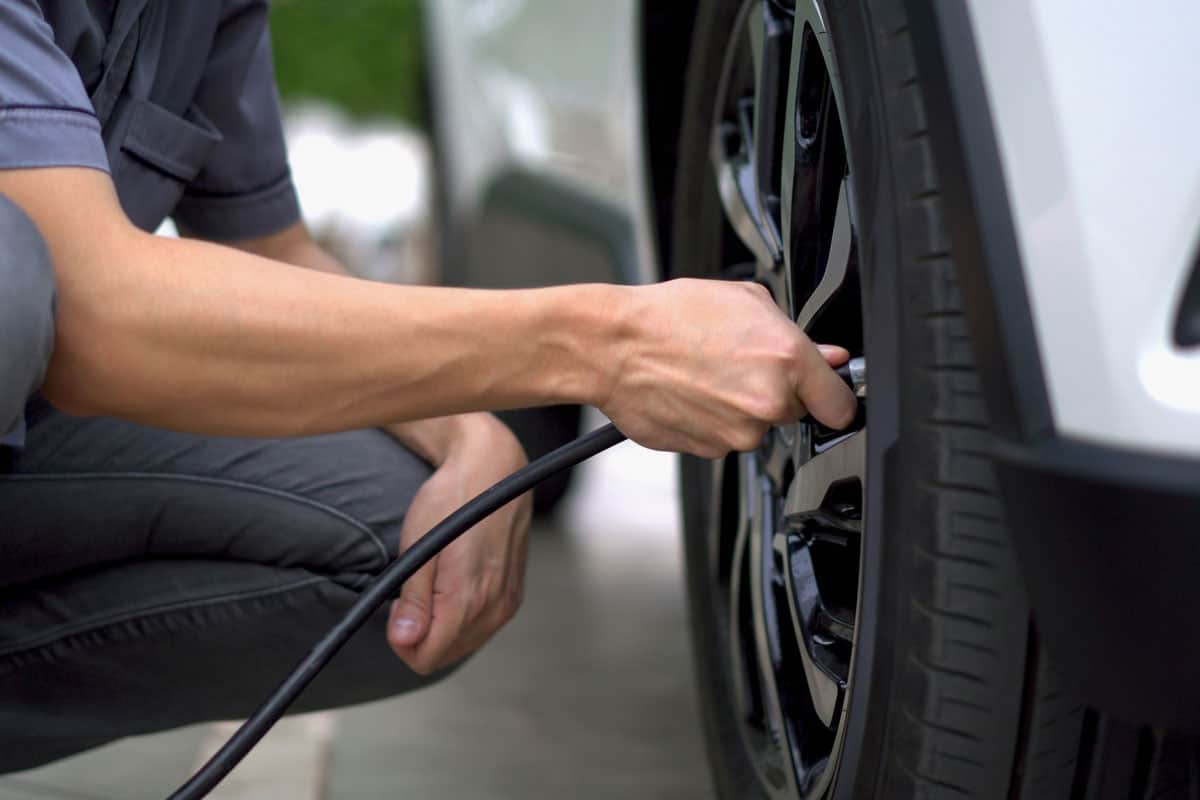
Follow these steps the first time you fill your tires with nitrogen:
- Lift the car securely on a sturdy lift jack.
- Remove the tire's valve stem cap.
- Remove the valve core and let the air out of the tire.
- Replace the valve core.
- Connect the tire inflator's hose to the nitrogen tank's outflow valve, and the nozzle to the tire's valve stem.
- Open the nitrogen tank's valve, fill the tire to 5 psi, then close the tank's valve.
- Remove the valve core again; this will flush out the last air from the tire.
- Replace the valve core.
- Fill the tire with nitrogen to the manufacturer-recommended psi.
- Disconnect the inflator from the tire's valve stem.
- Connect the nitrogen analyzer's nozzle to the tire's valve stem.
- Leave the nitrogen analyzer attached for 25 seconds.
- If the analyzer reads below 96%, repeat steps 3-12.
- When the analyzer reads 96% nitrogen or higher, disconnect it from the valve stem.
- Re-connect the tire inflator to the valve stem.
- Inflate the tire back to the manufacturer-recommended psi, then close the nitrogen tank's valve.
- Disconnect the tire inflator from the tire's valve stem and from the nitrogen tank.
- Put the tire's valve stem cap back on. You may want to replace the original black valve cap with a green one to signify that the tire is filled with nitrogen.
Click here for portable tire inflator on Amazon.
How Do You Tell If You Have Nitrogen In Your Tires?
The simplest way to tell if a tire is filled with nitrogen is to look at its valve stem cap. Most dealerships and tire shops put green valve stem caps on nitrogen-filled tires. Many vehicle owners who use nitrogen tires have also adopted this trend.
However, not all nitrogen-filled tires have this easy identifier. If you're not sure whether your tires contain nitrogen or air, there is another way for you to find out. Because air contains only about 78% nitrogen, you can use a nitrogen purity analyzer to determine what's in your tires.
- If the analyzer reads 95% or higher, you can be confident that the tires are filled with nitrogen.
- A reading of 80% or less indicates that the tires are inflated with air.
- Anything between 80% and 95% tells you that there is a mix of nitrogen and air in your tires.
Click here for this nitrogen purity analyzer on Amazon.
How Long Do Nitrogen Tires Last?
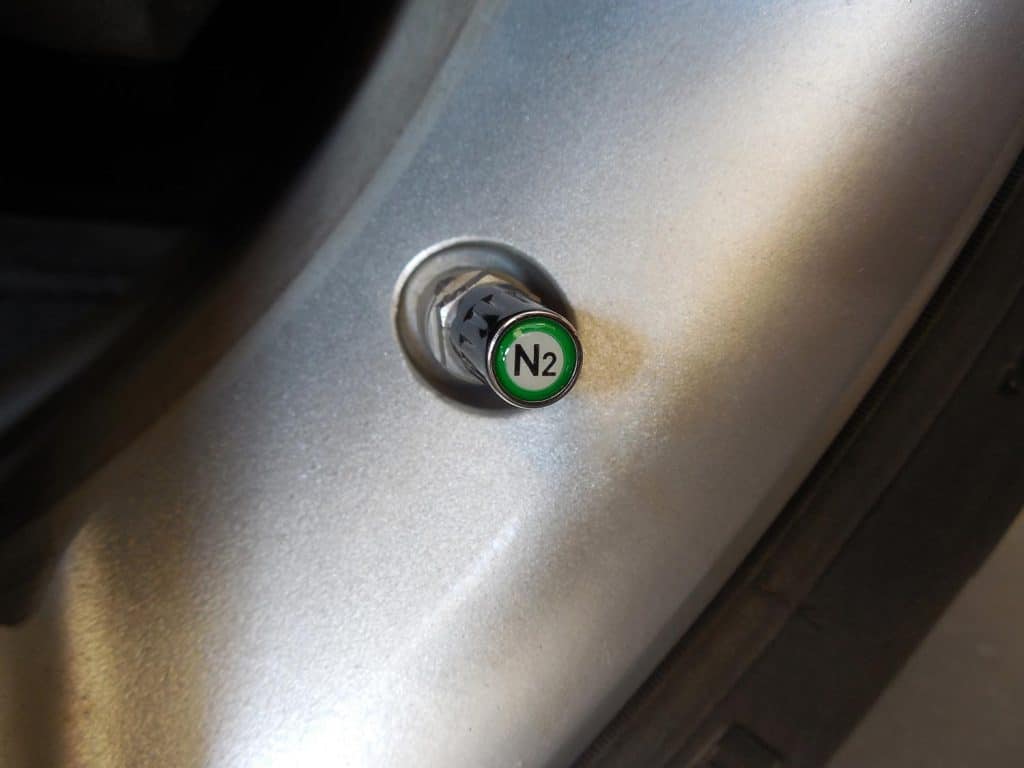
Standard air seeps out of a car tire at a rate of about 1.5 psi per month. Because nitrogen molecules are larger than oxygen molecules, they diffuse more slowly.
Specifically, nitrogen's diffusion rate is estimated to be 1/3 to 2/3 as great as that of normal air. So, nitrogen-filled tires deflate at a rate of about 0.5 to 1.0 psi per month.
When tires deflate 1.5 psi or more below the manufacturer's recommendation, you will begin to see lower gas mileage, uneven tread wear, and, eventually, sluggish handling.
So, as your nitrogen tires deflate, it's important that you continue to monitor the tire pressure and top off the nitrogen regularly.
Many owners don't check their nitrogen tires between oil changes, believing that the tires will remain sufficiently inflated.
However, in the three or four months between oil changes, even nitrogen-filled tires will lose 1.5 to 4.0 psi, which is enough to cause the problems mentioned above.
Click here for green valve caps on Amazon.
How Often Should You Check Nitrogen-Filled Tires?
Even though your nitrogen-filled tires should retain their inflation longer than air-filled tires, it's still important that you check the tire pressure monthly.
If you allow the tire pressure to drop 1.5 psi or more below the manufacturer's recommendation, you will lose all the nitrogen tire benefits that you're paying so much for. A nitrogen fill can never replace vigilance and good tire pressure maintenance!
Click here for this tire pressure gauge on Amazon.
In Closing
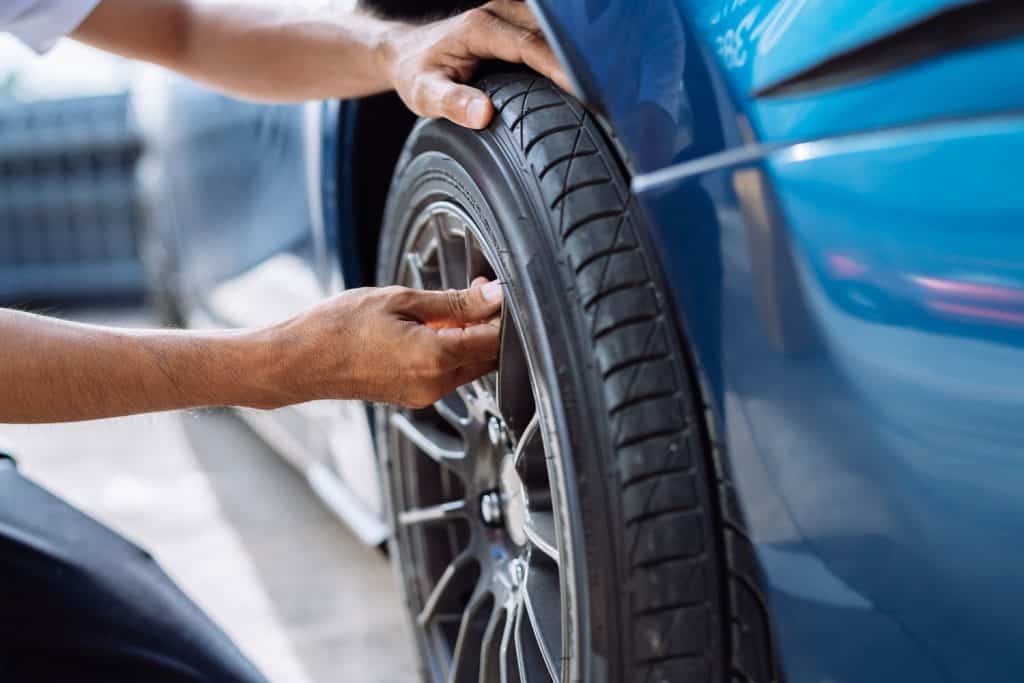
Now that you know all about the benefits and drawbacks of nitrogen tires and whether you can top them off with air in a pinch, you're ready to decide whether filling your tires with nitrogen is worth it for you.
For most drivers, nitrogen inflation is probably more hassle than it's worth. But if you're dedicated to getting the best performance out of your vehicle and willing to invest some time and money in the effort, nitrogen tires may be a great choice for you!
You may also enjoy:
Nitrogen In Tires: Pros And Cons
Here’s Why Driving with Bald Tires Can Kill You
